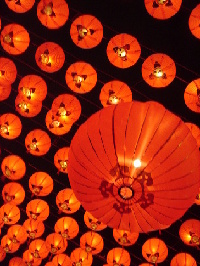Chinese Way
Shades of red
Updated: 2007-10-23 14:37
By Jeff (chinaculture.org)
Red is a strong color that stands out. It has been used in almost every culture in dyes and paints, but in Chinese culture, the color itself is infused with meaning. It symbolizes celebration, success, auspiciousness, loyalty, and affluence.
The particular hue of the color most widely used is said to originate from ancient people’s worship of the sun and fire gods. Almost without exception, red appears in various kinds of traditional Chinese festivals, and of course largest of all, the Spring Festival. Fu, the Chinese character for red, is usually posted on doors, and the characters hung on either side of the door usually feature red paper and black characters. On the streets, red lanterns abound, and firecrackers are also sheathed in red.
Aside from festivals, red also plays an important role in everyday life for the Chinese.
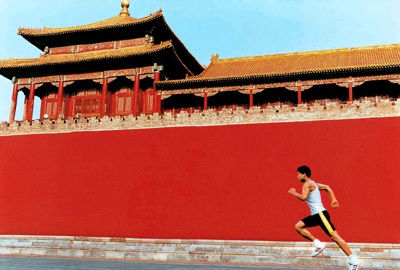 |
When the upper beam is about to be laid when constructing a traditional house, the carpenter posts a red paper on the wall, with 'everything auspicious when laying the beam' written on it.
Red customs
Red eggs are a popular way to express people’s happiness across the country, and are usually given on various occasions like marriage, birth, and the one full month birthday celebration. Eggs painted in red are delivered to relatives and friends to celebrate the happy event. This tradition is related to ancient beliefs about the beginning of life. They believed eggs could drive away evil spirits. Thus eggs are related to birth and ancestral lineage. Because of the auspicious connotation of the color red, the eggs are usually painted red.
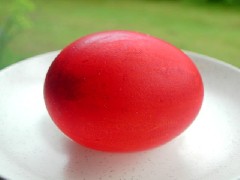 |
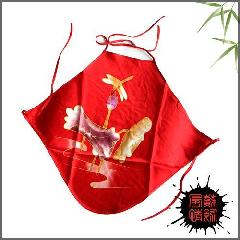 |
Red bellybands are also worn by newborns on the day they turn exactly one month old after taking a bath. A traditional way to protect the baby, the bellyband keeps the child’s belly warm. Women in some regions like northern Shaanxi Province, also wear them from cradle to grave. Now it has become fashionable and is considered sexy for women to wear these bands.
In ancient China a small ceremony was held when a child was to begin learning Chinese characters. One of the most important procedures was to paint a spot of red cinnabar in the middle of the child’s forehead. This is also called ‘opening the heavenly eye’ symbolizing the wish for children to have a bright outlook on their studies. During the Dragon Boat Festival, mothers also often painted children’s palms, the center of their foreheads, and the soles of their feet with cinnabar, praying for their increased intelligence.
The Chinese zodiac is broken up into a 12-year cycle, with each year represented by an animal. So every twelve years, when one’s sign recurs, is considered an important milestone in one’s life. At 12 years old one enters adolescence, at 24 one enters society, at 36 one has become a mature adult, at 48 the time has come to achieve success and win recognition, at 60, one can retire and rest and 72 is the time to take care of oneself and enjoy the natural span of one’s life.
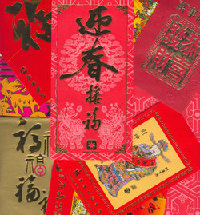 |
Even though the recurrent years symbolize life changes, they are also generally considered as unlucky years in traditional thought. Because of this, Han adults and children across the country usually wear red waistbands during their recurrent years, for protection from evil spirits. On the last day of the lunar calendar some even wear red underwear.
Red events
Wedding ceremonies are usually referred to as red events in China, because of the dominant use of the color red in traditional wedding ceremonies. The bride wears a red dress and veil, and sits in a red bridal sedan chair. Pasted on the doors, windows, trees, walls, and the bride’s sedan is the Chinese character Xi, meaning happy.
Today, a standard wedding goes something like this.
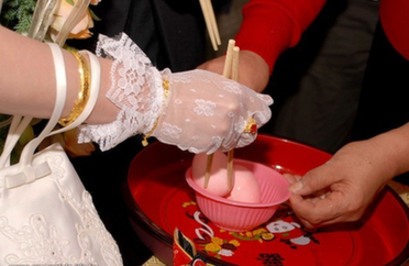 |
Specials

President Hu visits the US
President Hu Jintao is on a state visit to the US from Jan 18 to 21.

Ancient life
The discovery of the fossile of a female pterosaur nicknamed as Mrs T and her un-laid egg are shedding new light on ancient mysteries.

Economic Figures
China's GDP growth jumped 10.3 percent year-on-year in 2010, boosted by a faster-than-expected 9.8 percent expansion in the fourth quarter.
